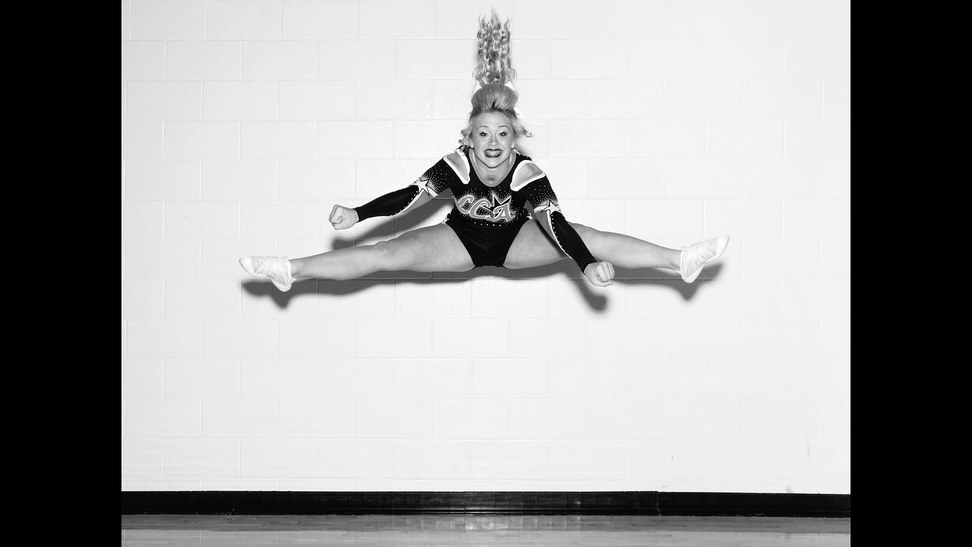Ferrato is an international photojournalist specifically known for her groundbreaking documentation of the hidden world of domestic violence.
Ferraro decided in 1979 to move to New York City, where she began to photograph in sex clubs and nightclubs, solely focusing on documenting the heady nightclub culture of the late 1970s and early 1980s at legendary establishments (an example being Studio 54, Mudd Club, Xenon and many more. Ferraro was then contacted to photograph a prominent swinger couple known as Gareth and Lisa. Following this lead, she immersed herself in Gareth and Lisa’s lives (and she even ended up moving in with the couple).
“As time passed, however, I began to realise that Garth was not the benign, devoted husband he had first appeared to be…” – Ferrato
Ferrato witnessed a horrific scene where Gareth attacked Lisa and beat her mercilessly, which then led her to then his herself in the master bathroom. After witnessing this horrific attack, she stated ‘That night changed me forever.’ This therefore led the direction of this project to altar, and gave her a new drive to reveal and expose the unspeakable things that happen being closed doors. It was evident when when the course of her project changed this work was going to be emotionally difficult as well as dangerous (entering these negative and abusive homes). I read in an article of the New York Times from 2012 that she took pictures because of the fact that she knew that if she did not, people would not believed that it actually happened.
Through the next ten yearn of her photography career, Ferrato travelled across the country with the desire to photograph domestic abuse. This even included situations where she would in fact ride in police cars, sleep in shelters, staying in the homes of battered women and many more. Her work eventually led to the book publication of entitles ‘Living With the Enemy’ alongside an expose of the hidden world of domestic abuse. In the end, her book Living With the Enemy went into four printings and, alongside exhibitions and lectures all across the globe, and thus sparked a national discussion on sexual violence and women’s rights. In 2011, Ferrato launched the I Am Unbeatable campaign, which aims to expose, document, and raise awareness of domestic violence against women and children by creating an archive of stories, photographs, video narratives, and by emphasising the fact that these are real stories of real people.

This is probably of of the most iconic photographs taken by Ferrato. It’s not hard to guess what is going on in this image, contextually this domestic case has led to this image of a couple Ferrato was staying with to capture lust and love and in the end, she captures the man (Gareth) hitting his wife (Lisa) , and when researching more into this specific photograph, I found the statement that Gareth stated when Ferrato questioned his motives and after him throwing Ferrato down to the ground, he stated : ‘I’m not going to hurt her — she’s my wife. I know what my strength is but I have to teach her that she can’t lie to me.’ I find this absolutely shocking and unfortunately, situations like this occur too often. The image itself is visually powerful as you can see her leaned away pose trying to escape the strike of his hand on her face. Even though you can’t see any of their faces, his stance shows his power/status and you can see his anger by his stance, and you can almost see her frightened expression in your own mind and you can sense how scared and powerless she is. This was the image that changed her photojournalistic career as they then solely focused on the hidden aspect of domestic violence.









